Produced on the occasion of stanley brouwn’s 2001 exhibition at SMAK, Ghent.
*Please note this publication is secondhand and may have some traces of previous ownership.


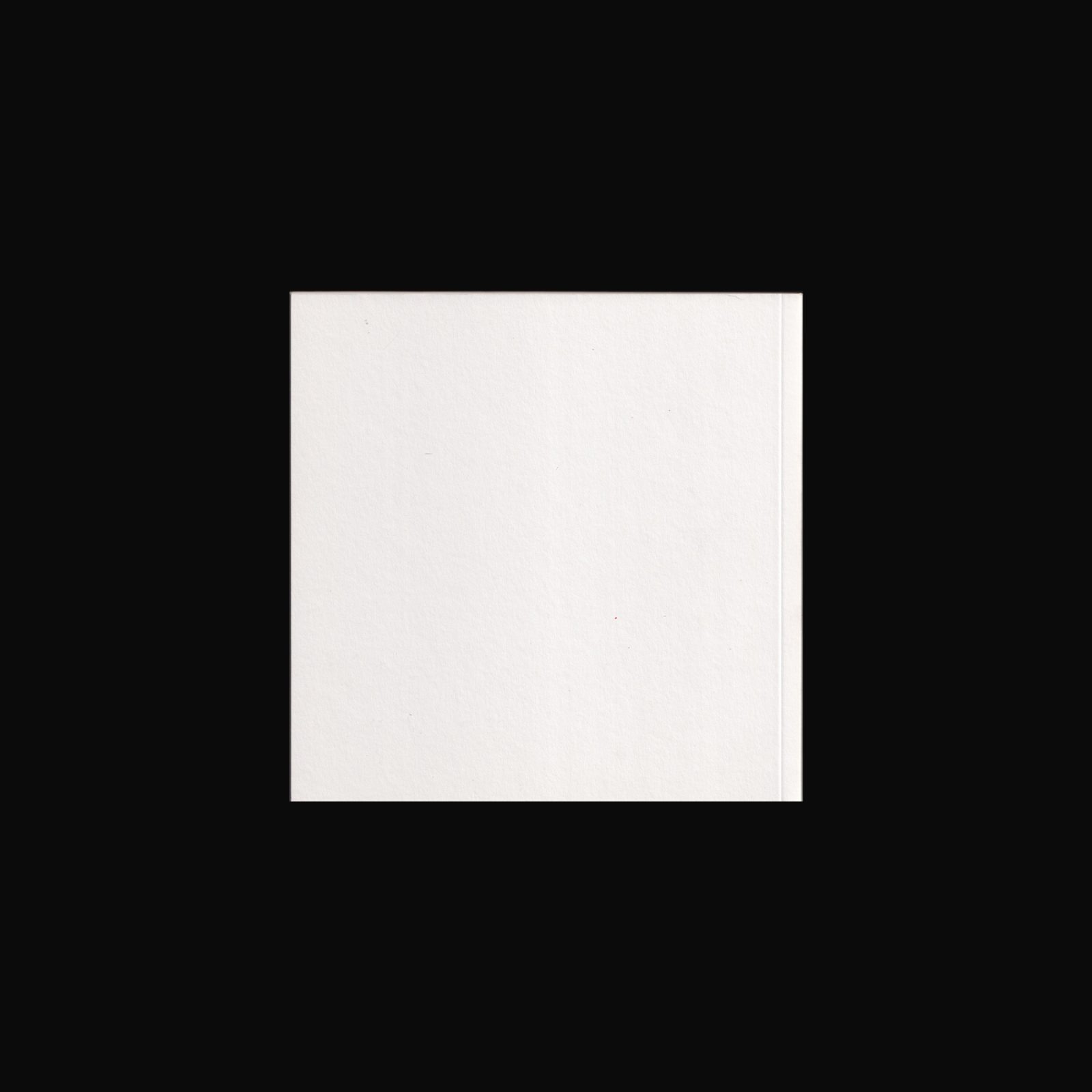
Produced on the occasion of stanley brouwn’s 2001 exhibition at SMAK, Ghent.
*Please note this publication is secondhand and may have some traces of previous ownership.
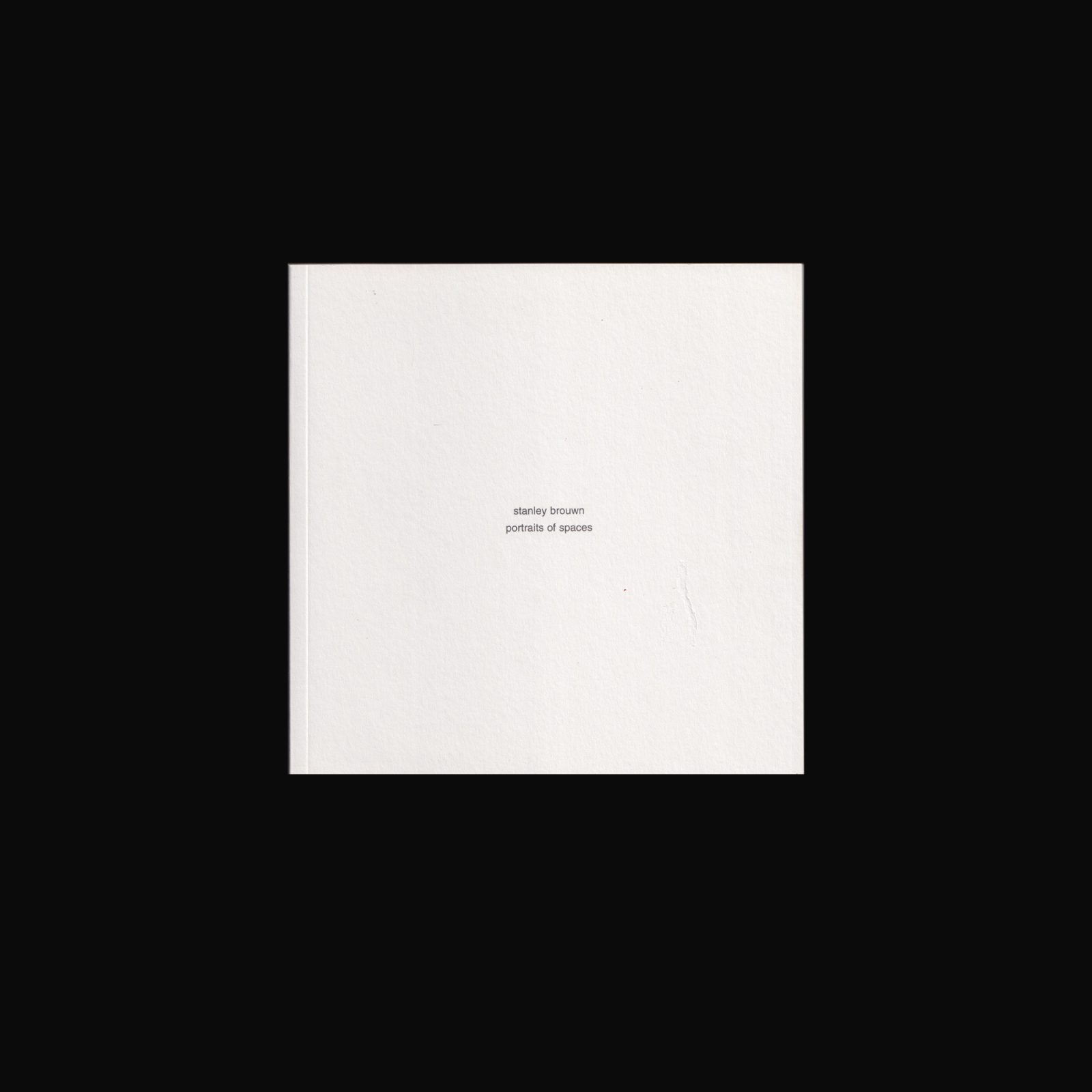

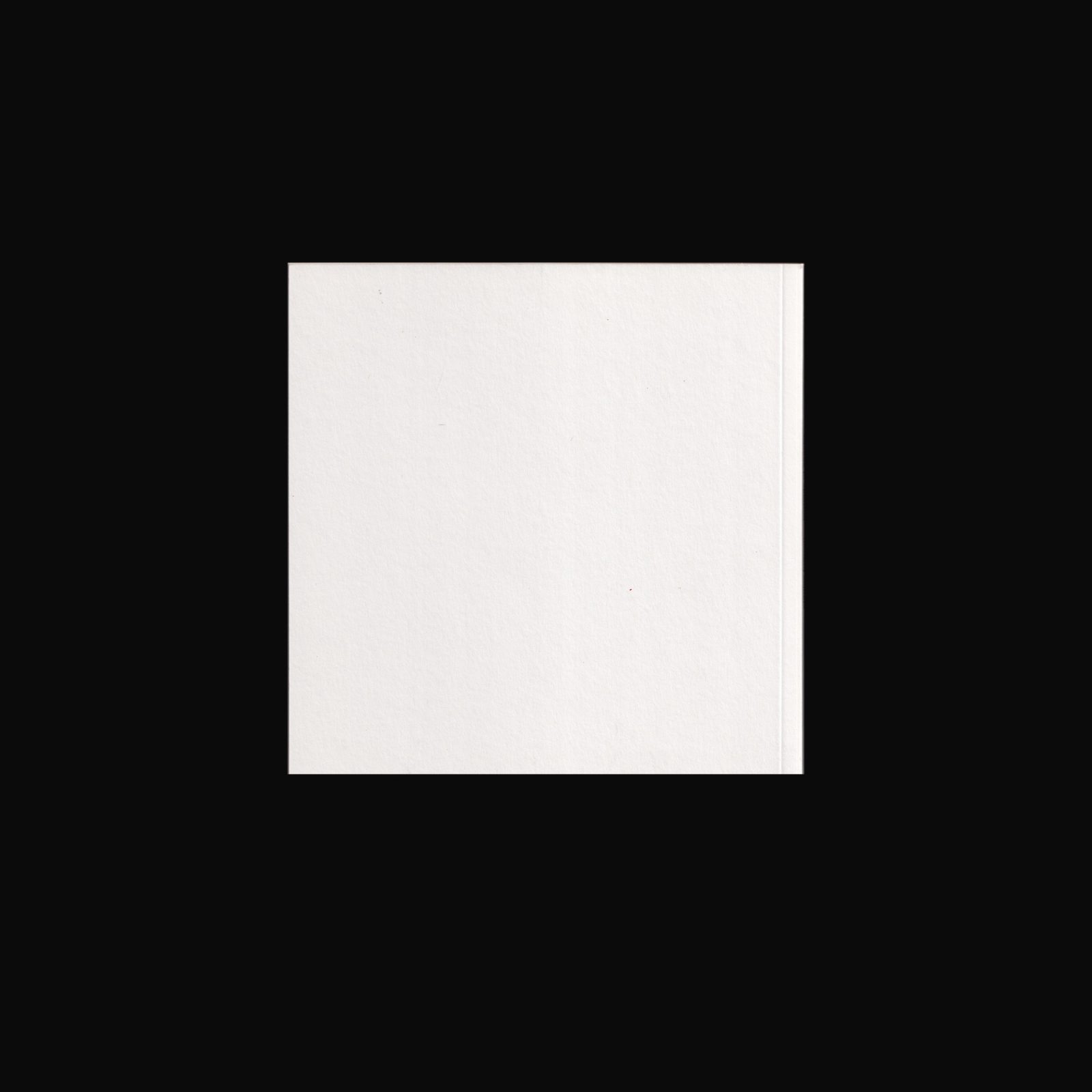
Produced on the occasion of stanley brouwn’s 2001 exhibition at SMAK, Ghent.
*Please note this publication is secondhand and may have some traces of previous ownership.
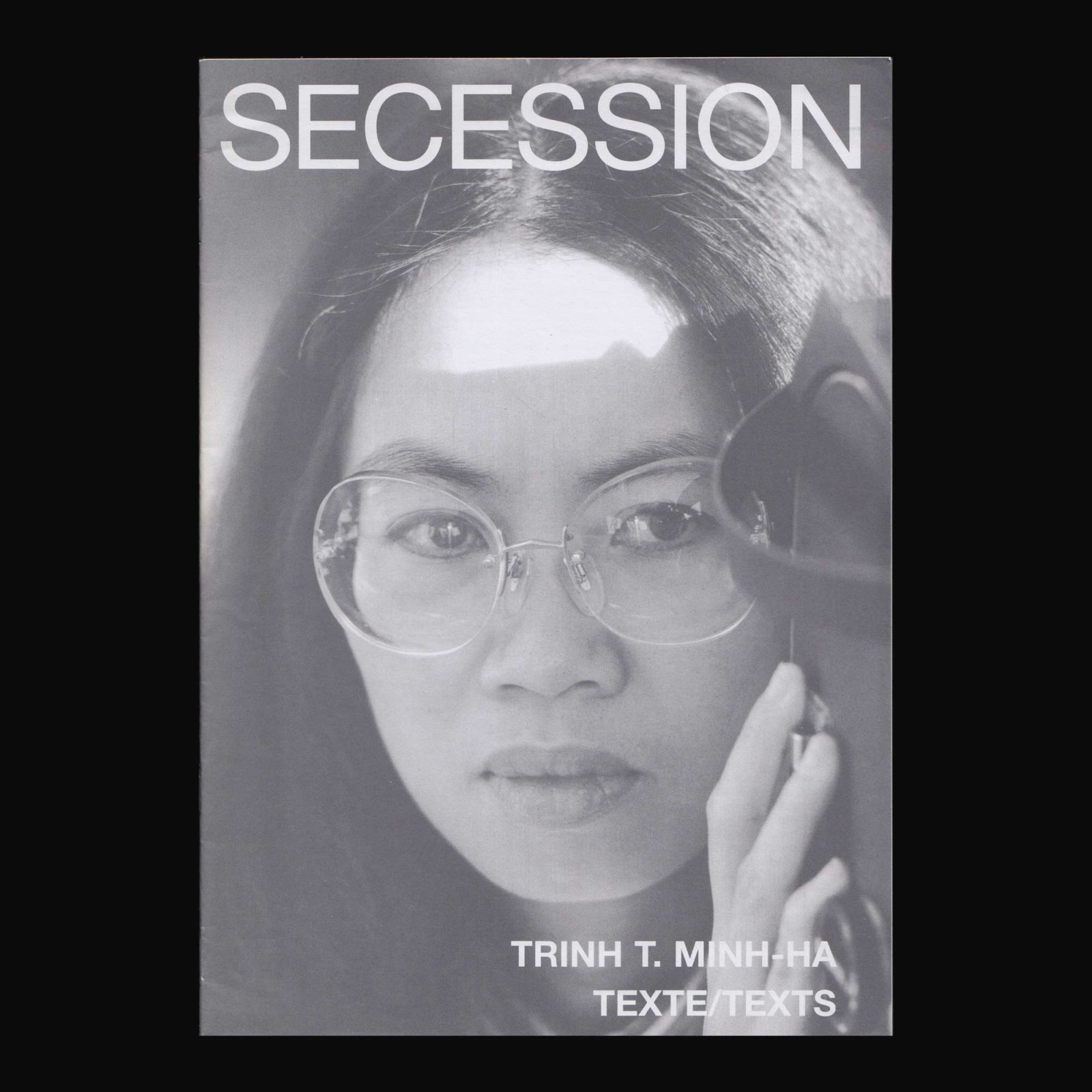
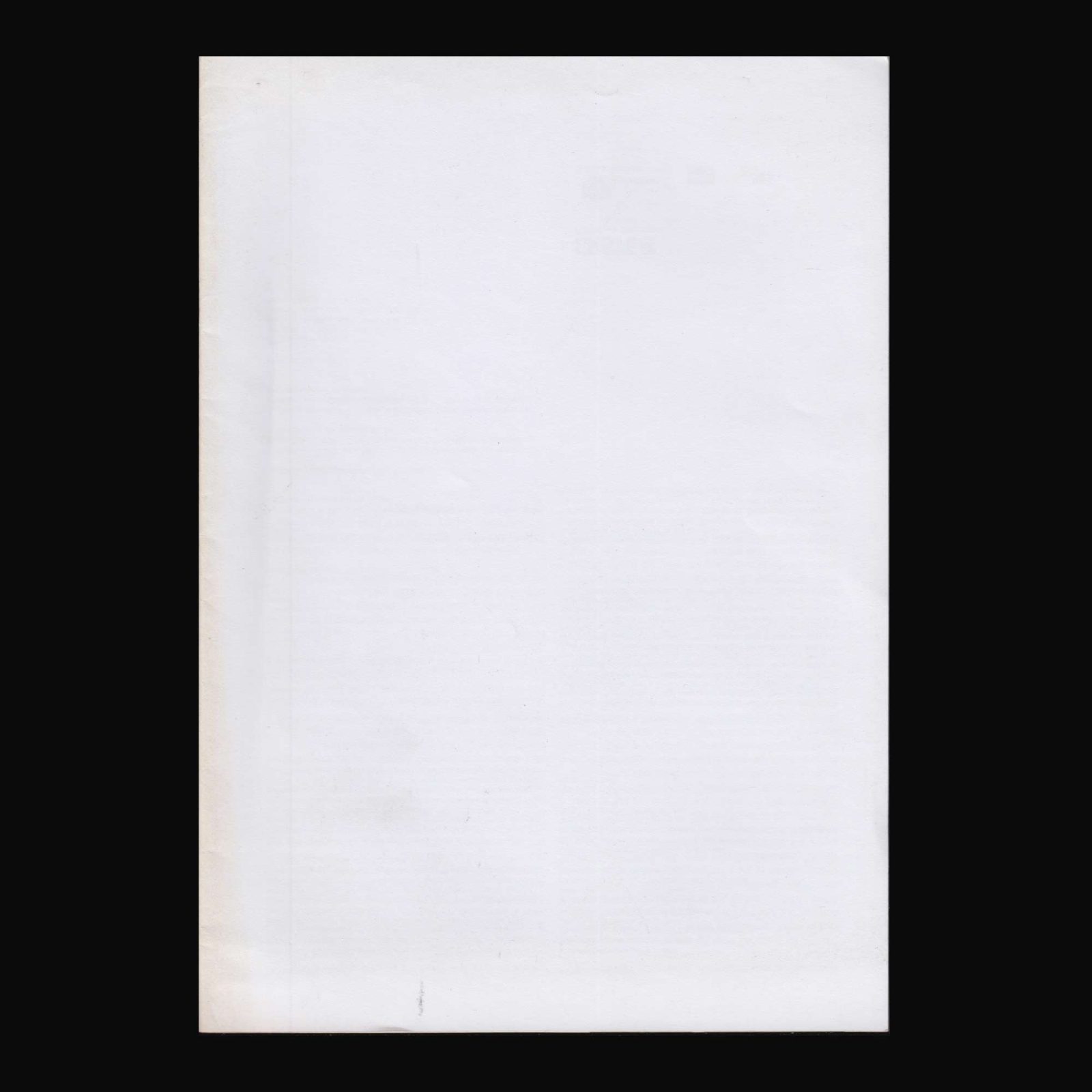
The films and theoretical works by Trinh T. Minh-Ha blend different forms of writing and narrating; the mutual challenge of the theoretical and the poetical, discursive and “non-discursive” languages tell of Trinh T. Minh-Ha’s resistance against categorizations and limitations, which is carried out right across ethnicities and cultures.
Produced on the occasion of the exhibition Trinh T. Minh-ha, at Secession, Vienna, 7 March– 22 April, 2001.
*Please note this publication is secondhand and has some traces of previous ownership.
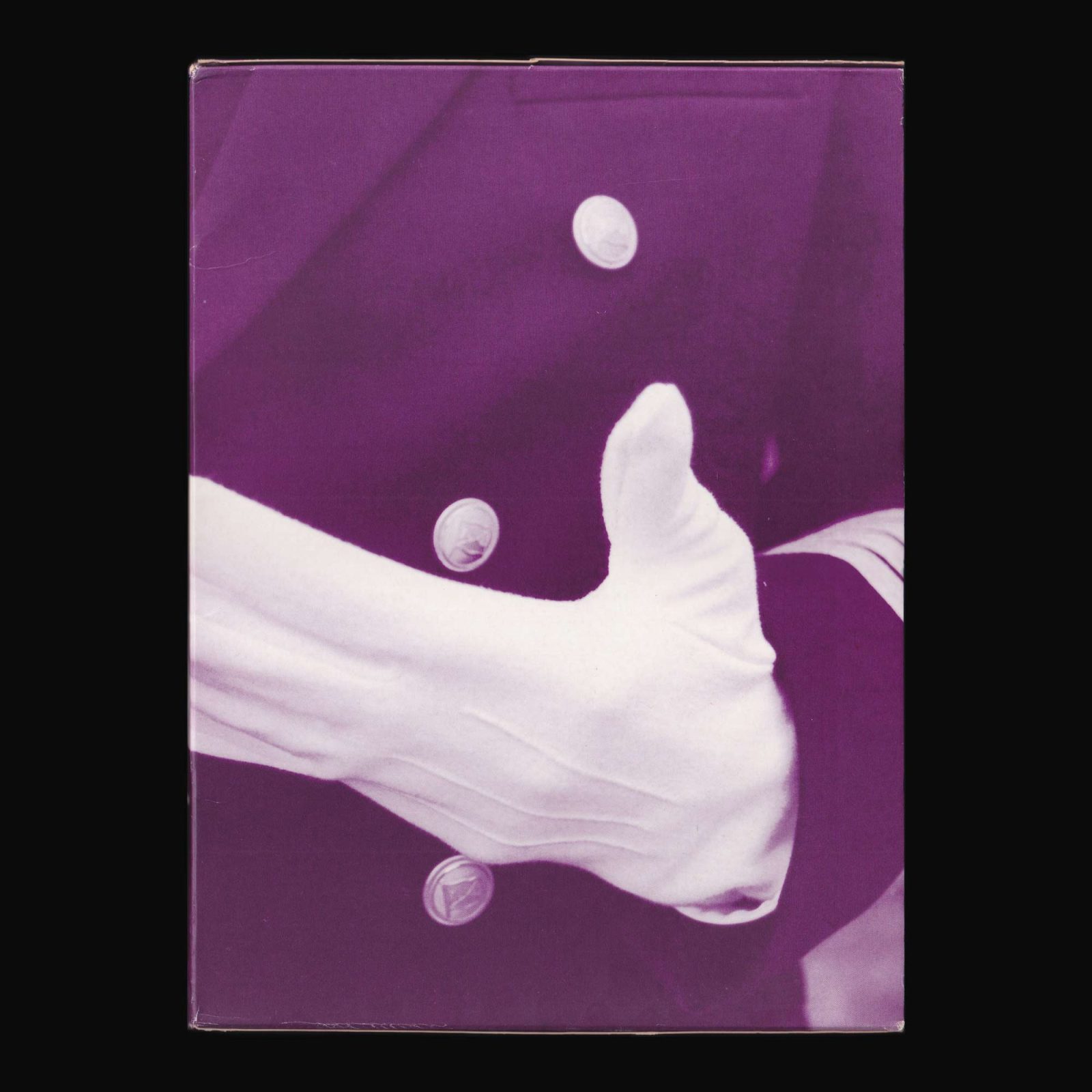
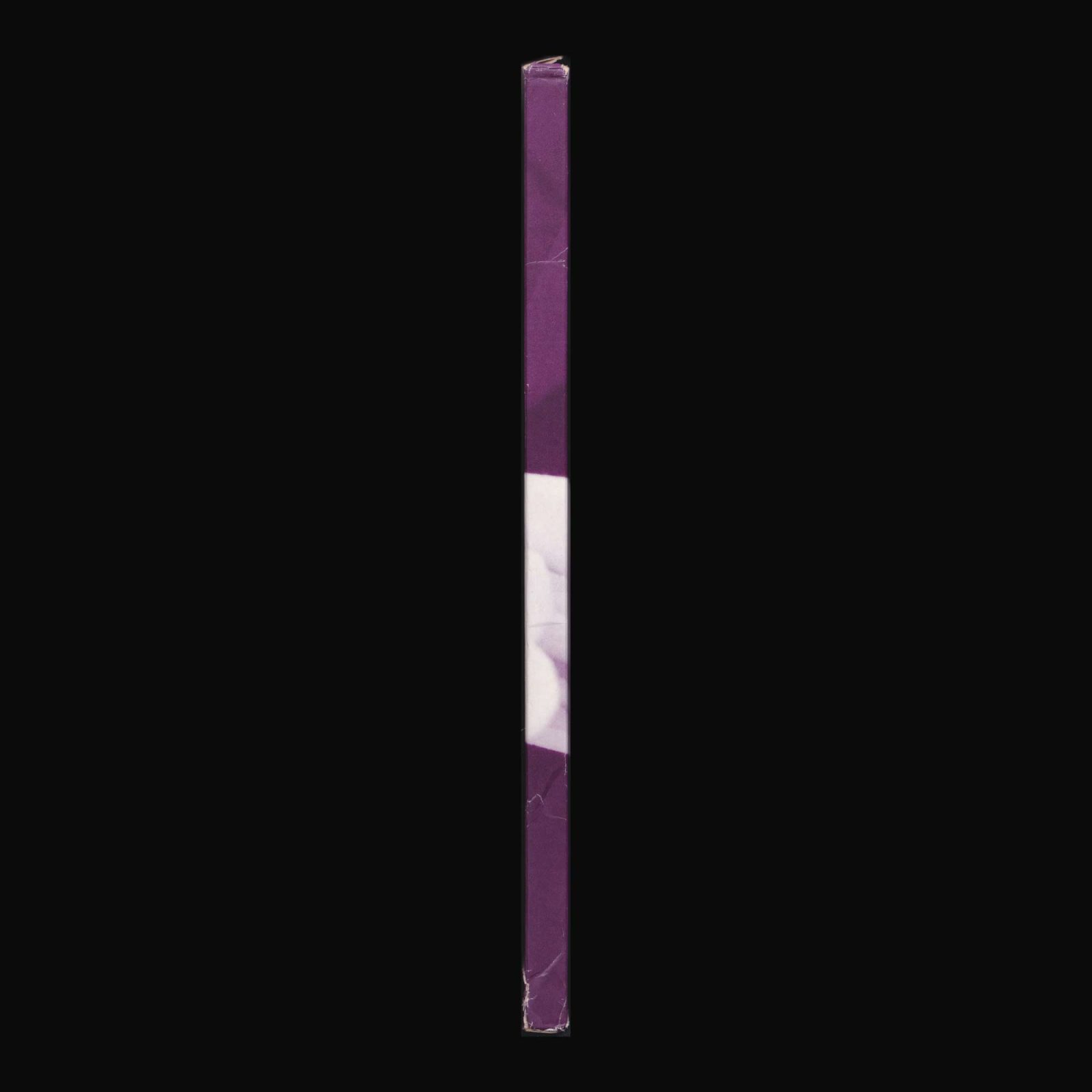
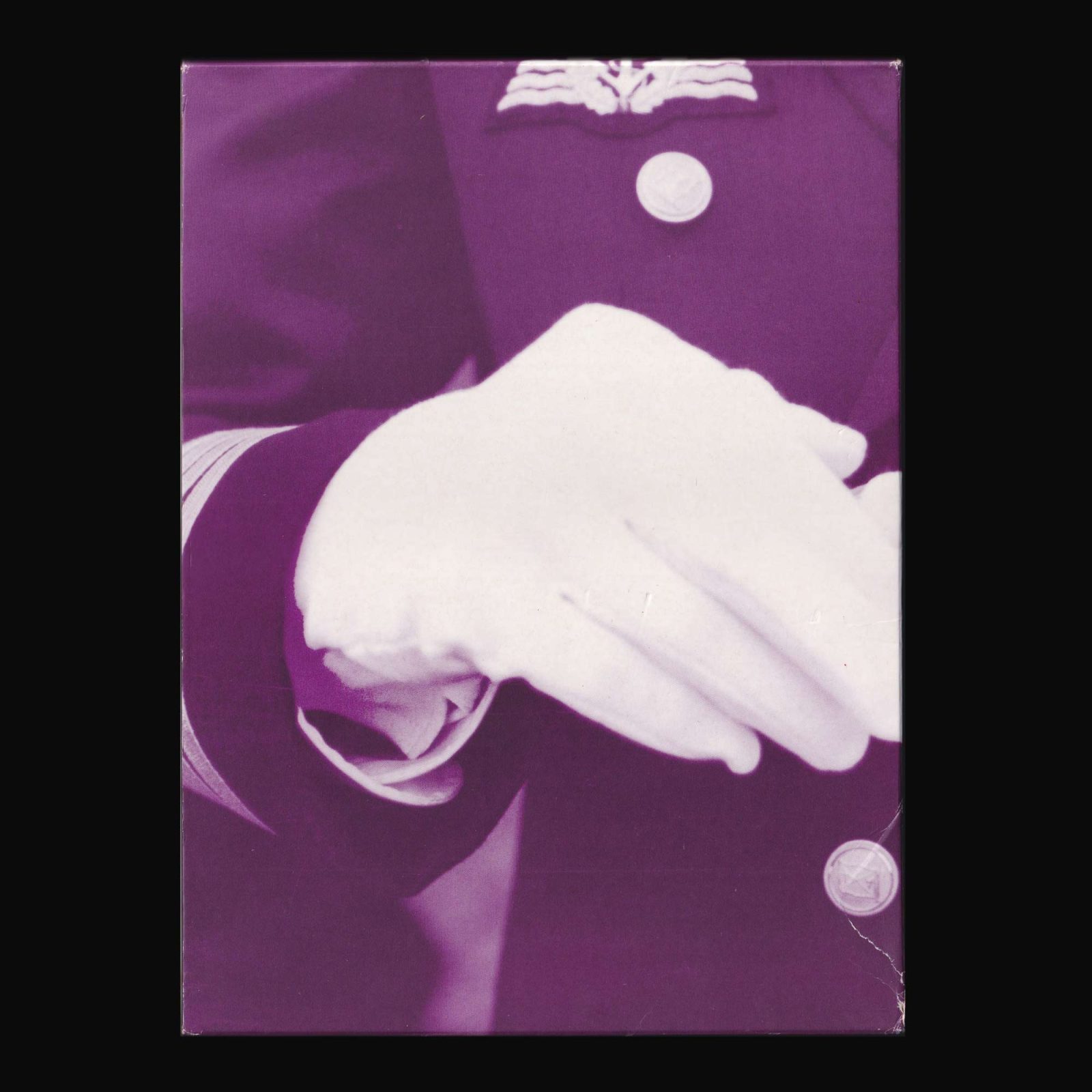
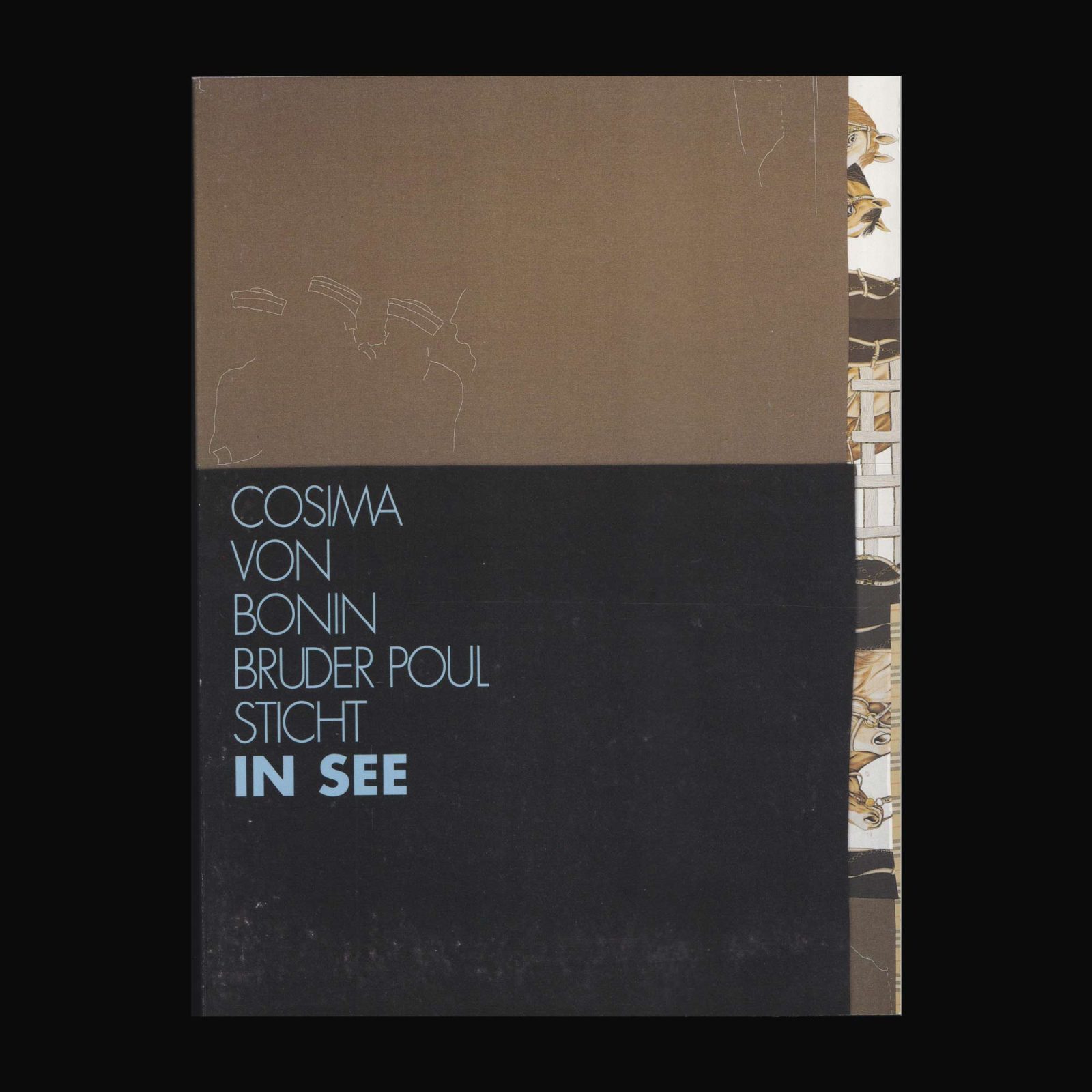
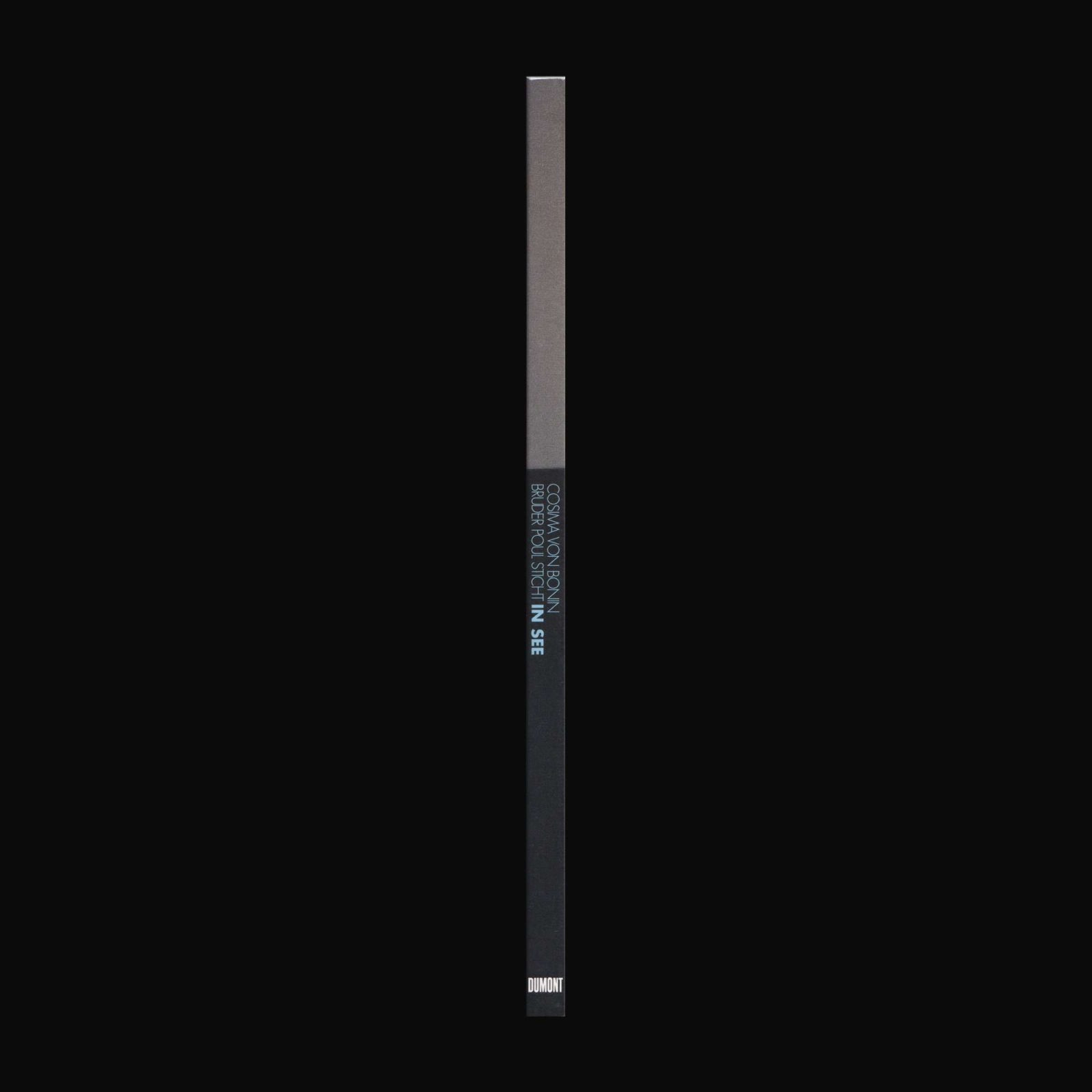
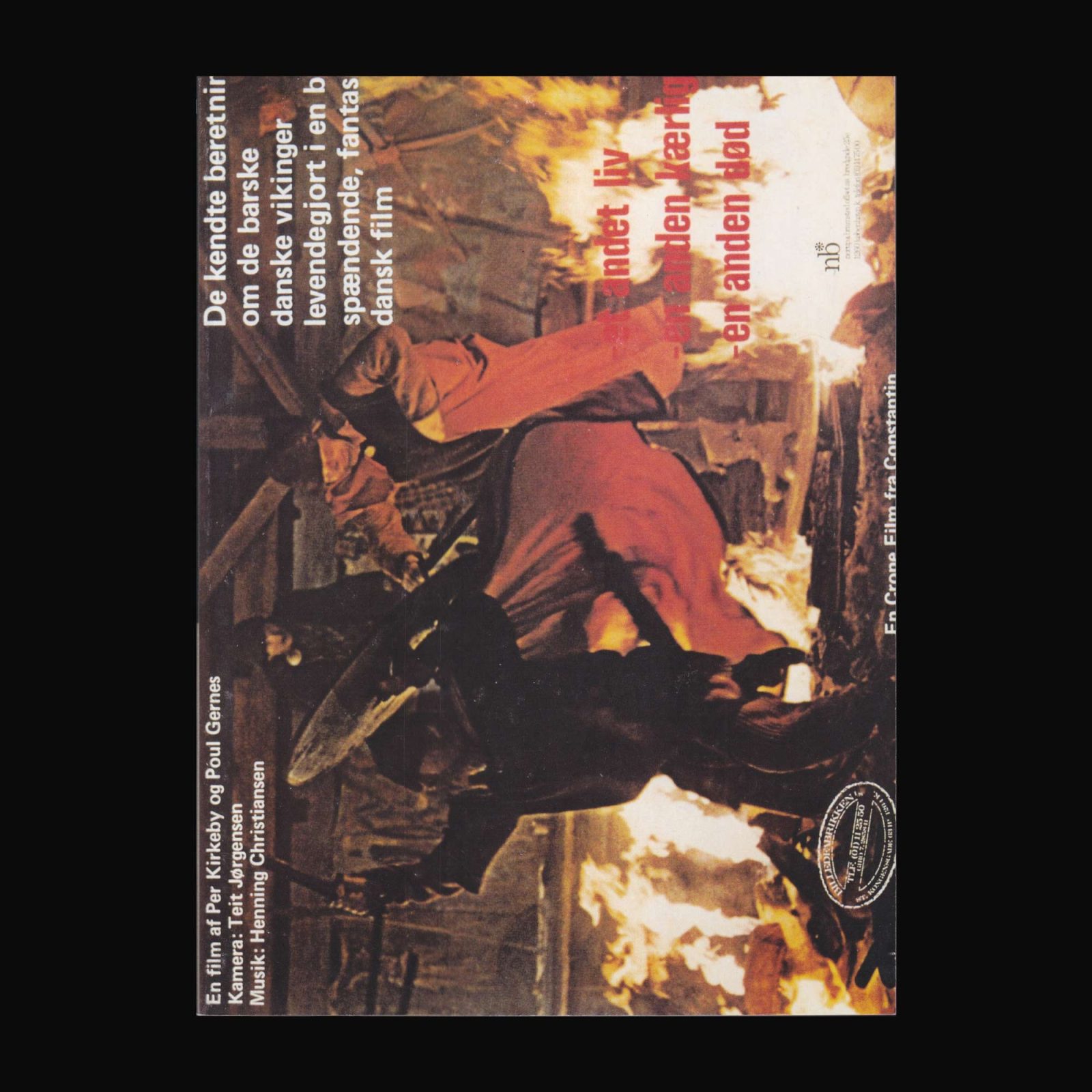
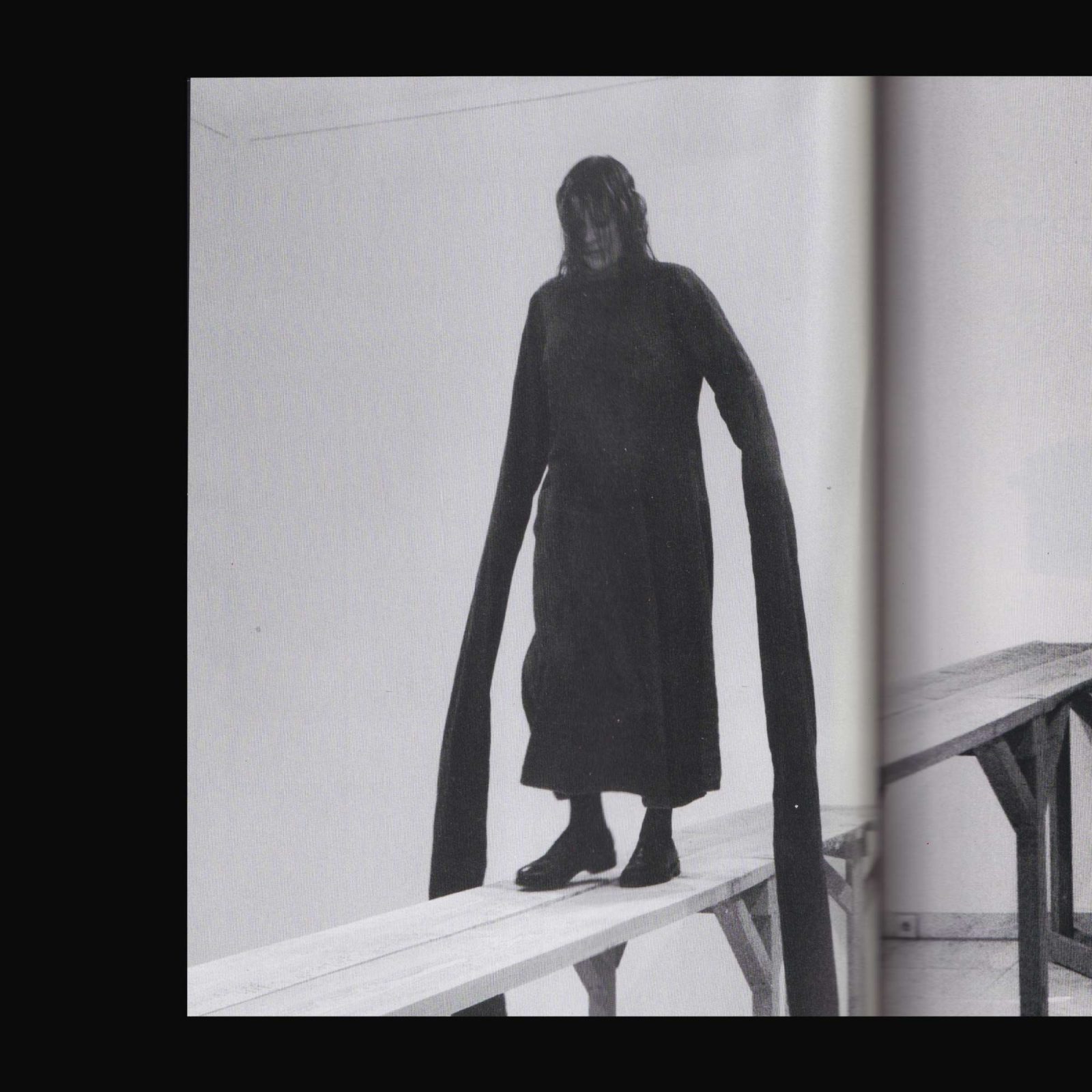
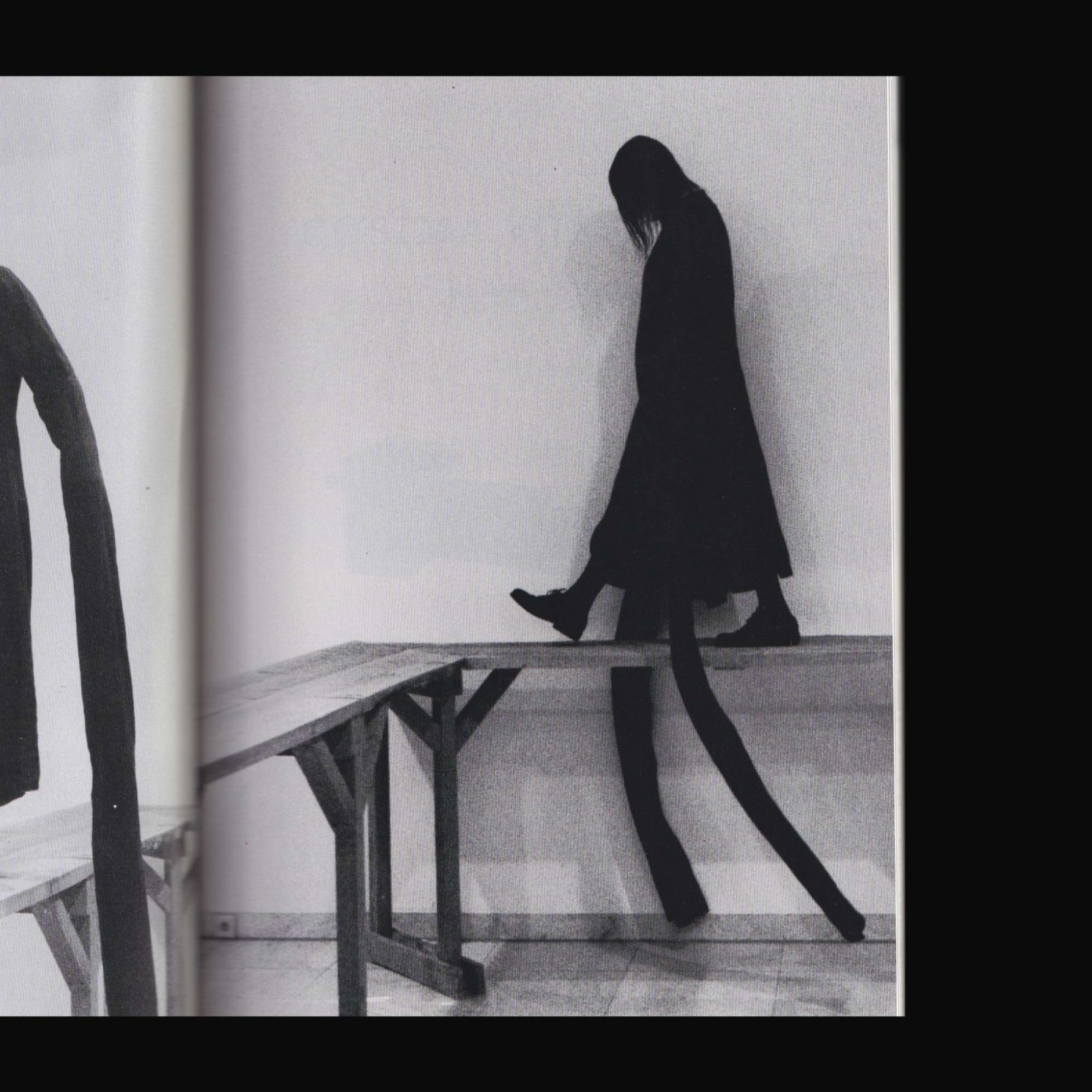
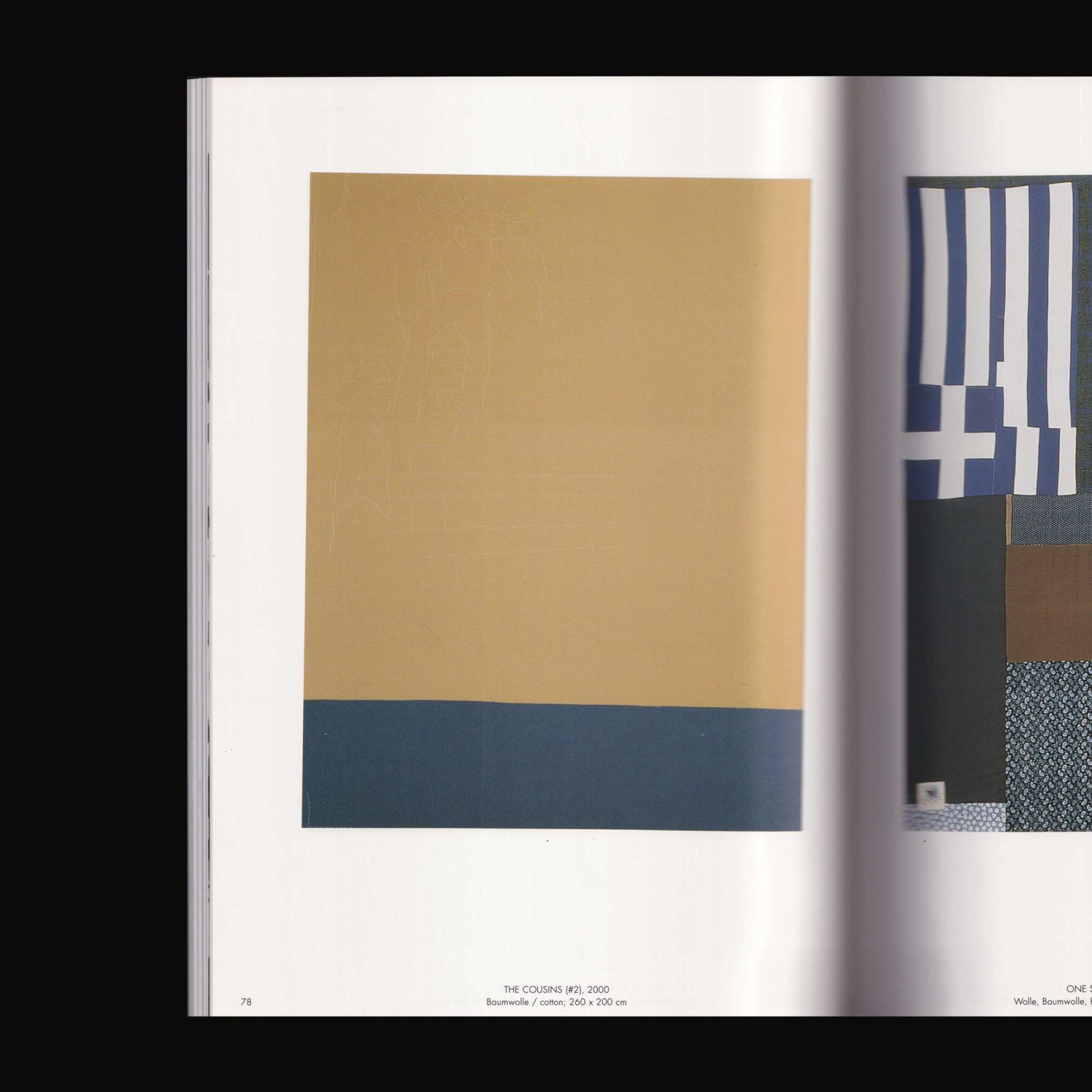
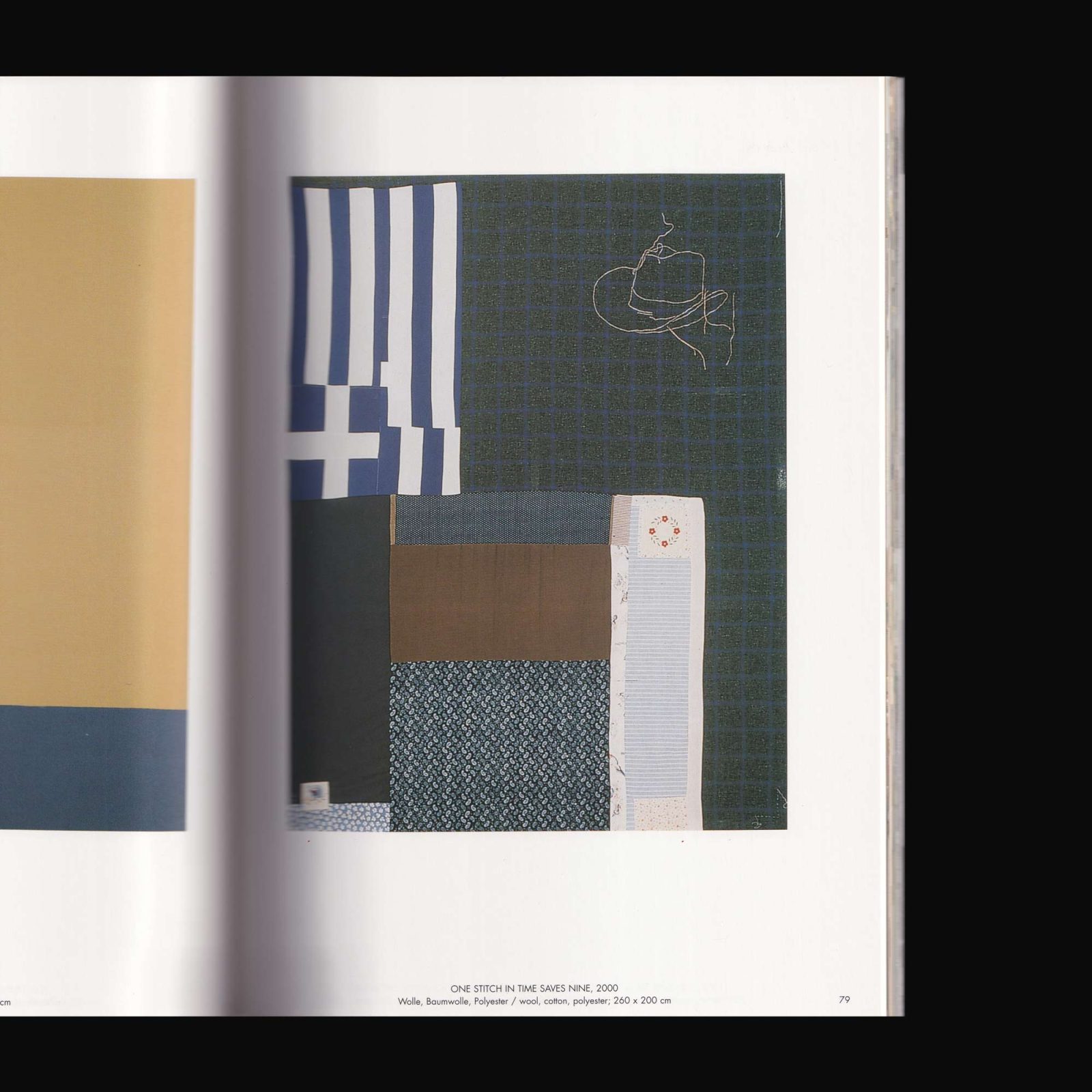
Produced on the occasion of Cosima von Bonin’s exhibition Bruder Poul sticht in See at Kunstverein in Hamburg, Hamberg, May 26–August 5, 2001.
Cosima von Bonin came of age as an artist in the 1990s amid the storied art scene in Cologne. In her practice, mixed references to art history, popular culture, and music are seen in tandem with a destabilising approach to craft and domestic activities. Many of her recent installations are populated with casts of cartoonish fabric characters–fish, whales, mushrooms, dogs, rockets–whose endearing appearances conjure a range of contradictions: delight and horror, softness and rigidity, and humour and sorrow.
Designed by Yvonne Quirmbach and Reile Hertz.
*Please note this publication is secondhand and has some traces of previous ownership.
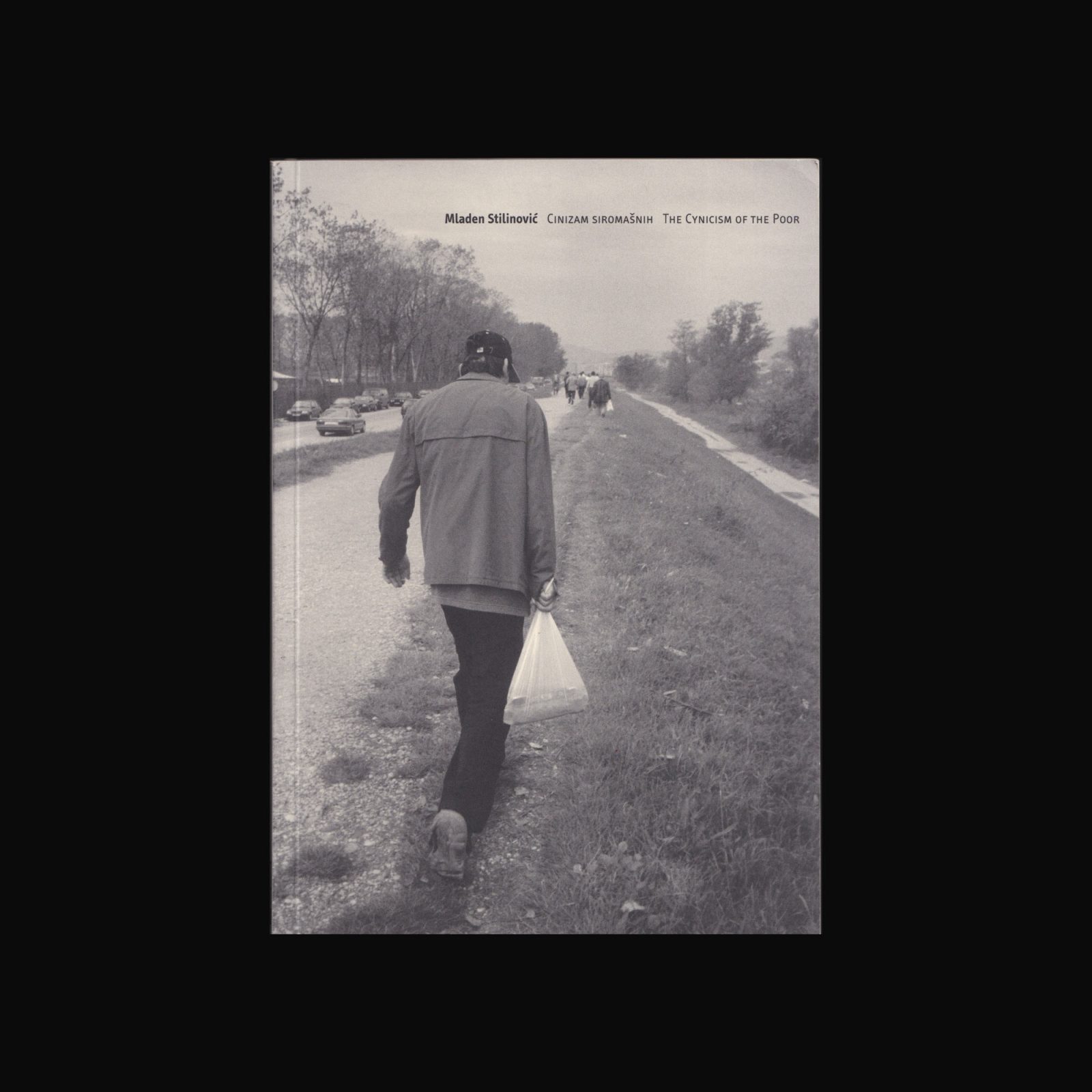
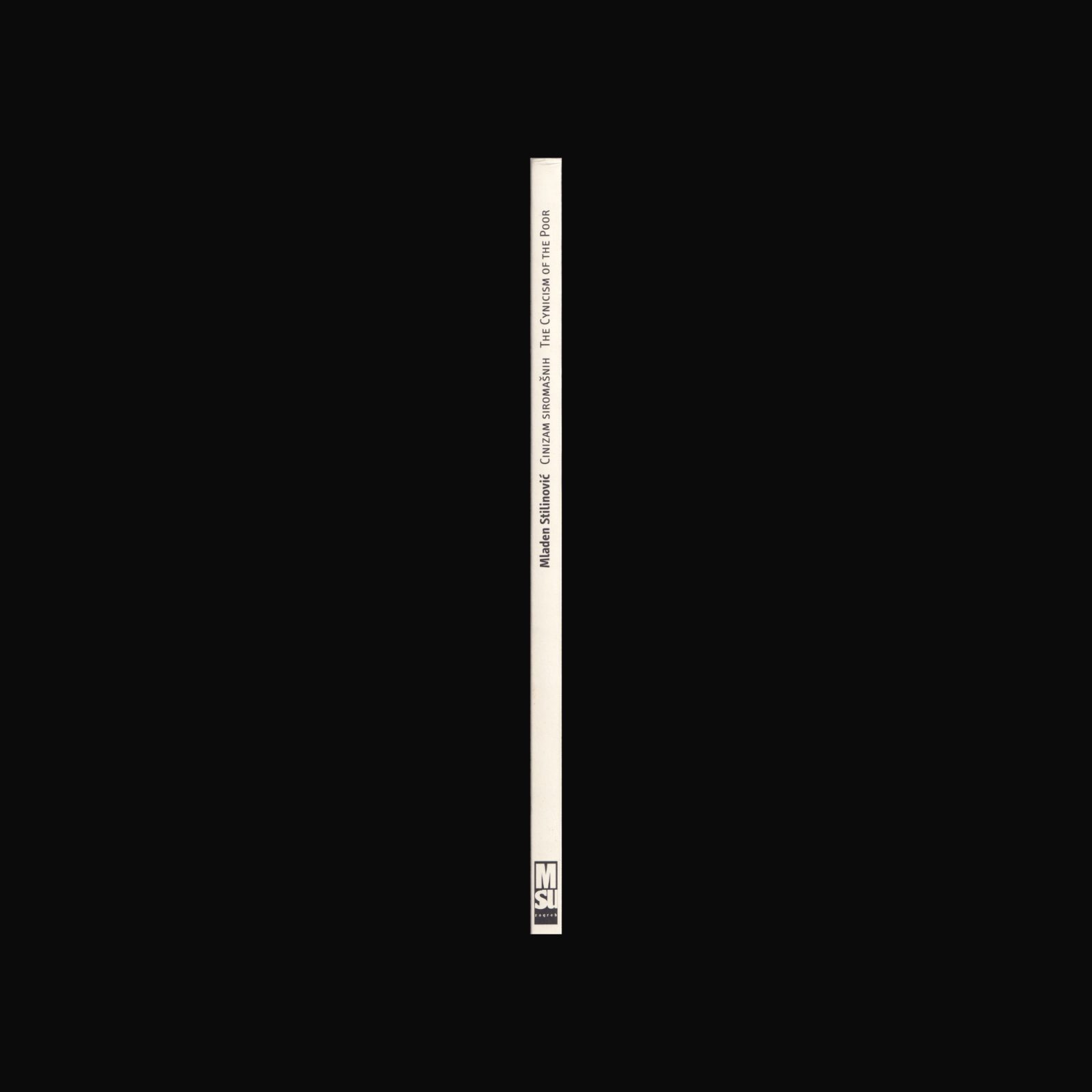
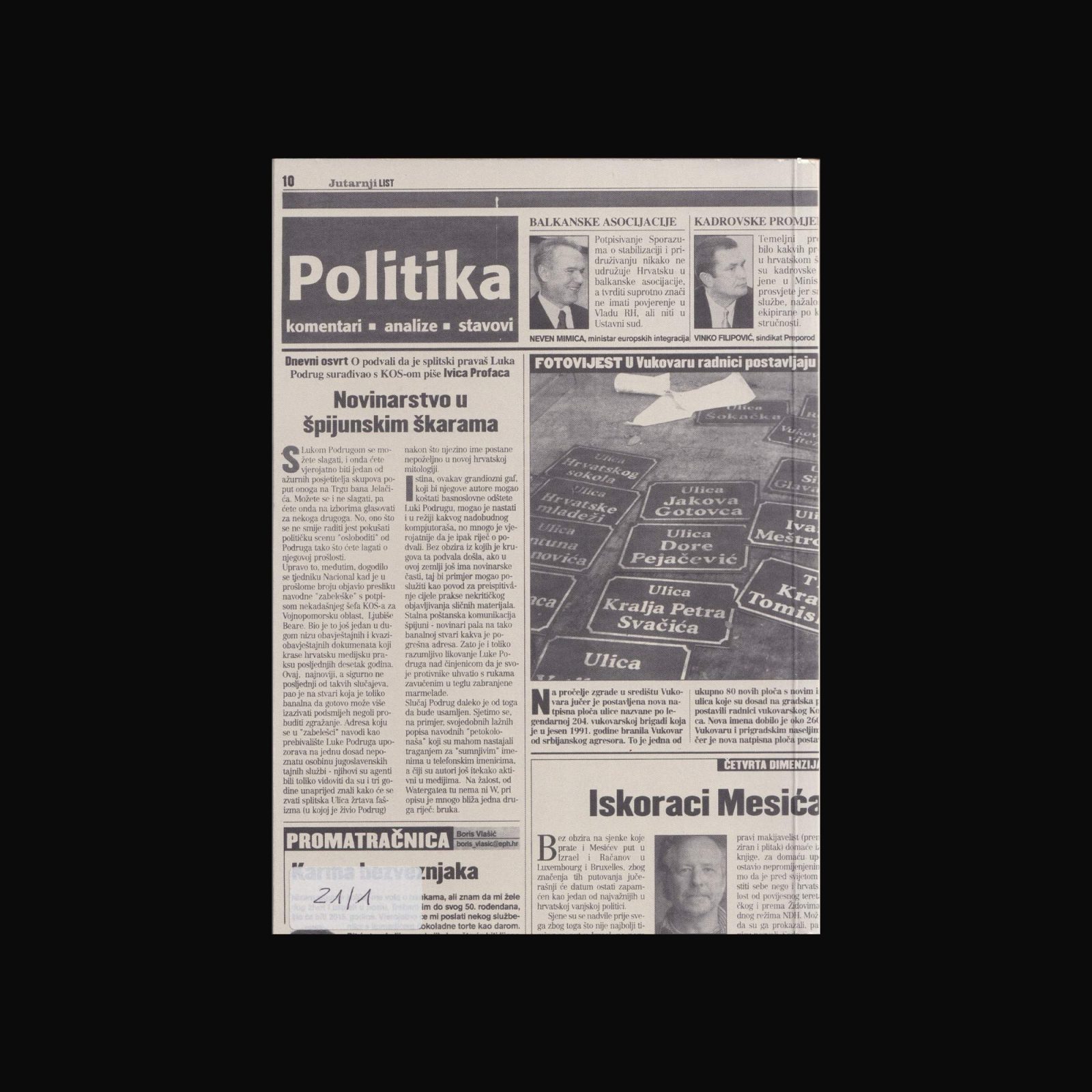
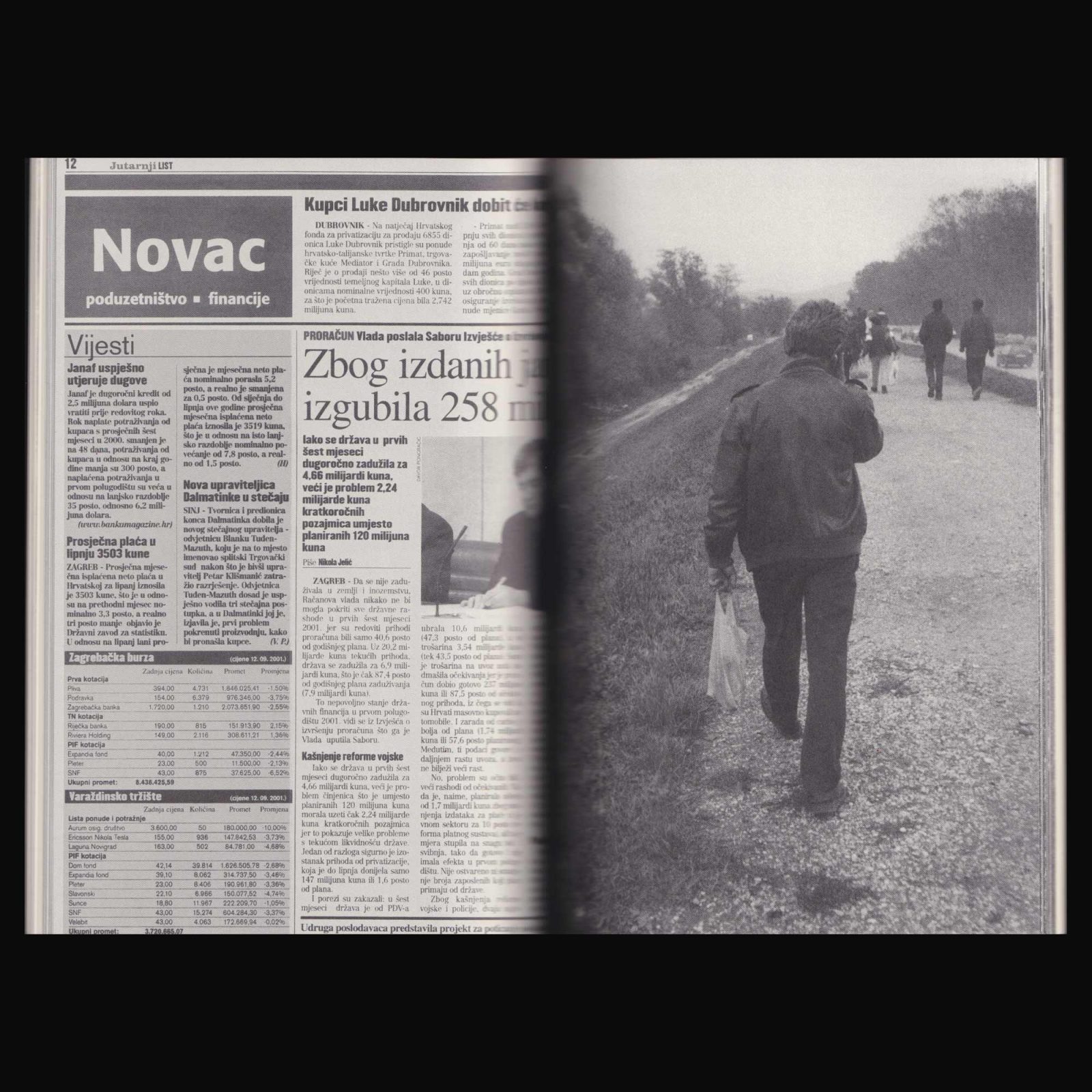
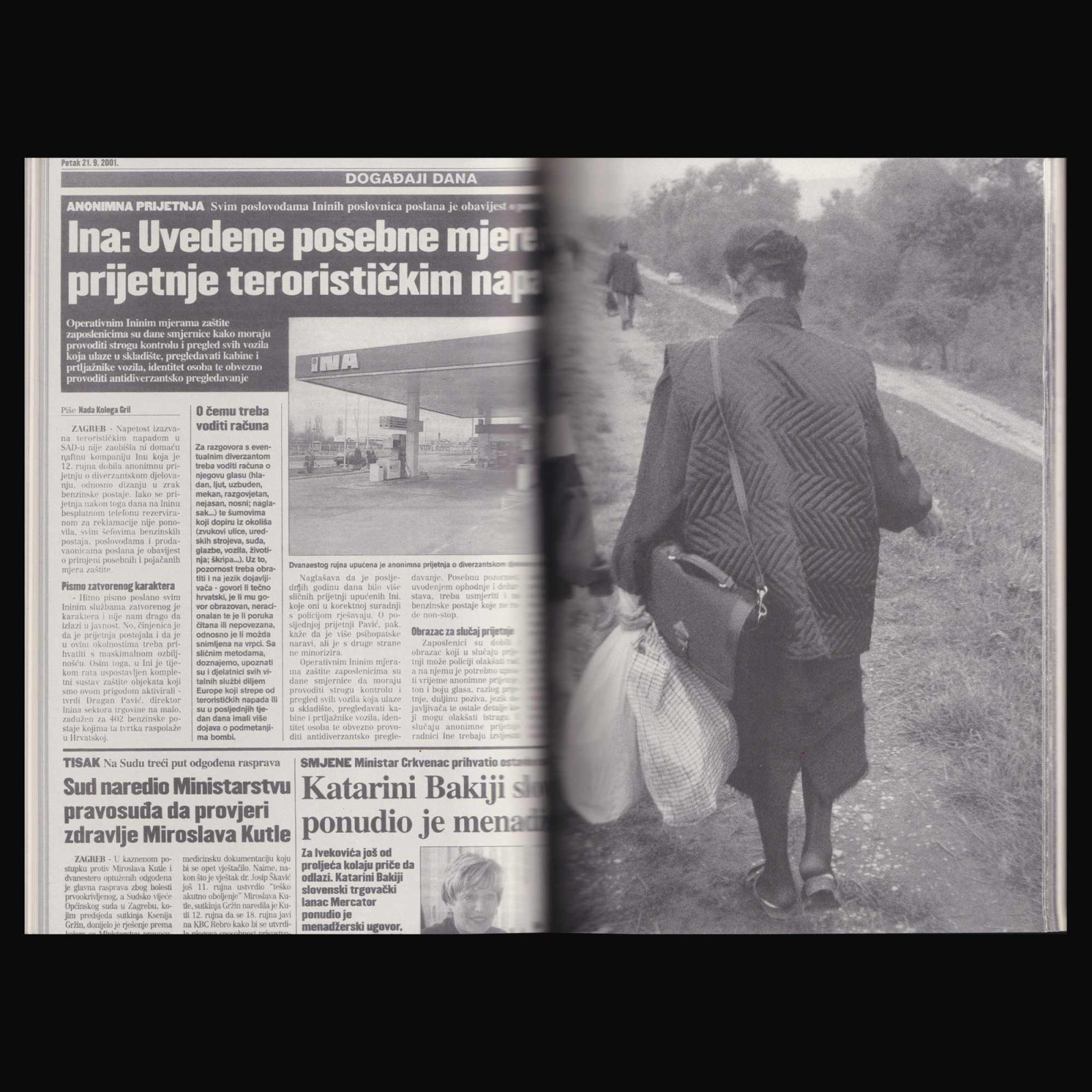
Produced on the occasion of Mladen Stilinović’s exhibition Cinizam siromašnih / The Cynicism of The Poor at Museum of Contemporary Art, Zagreb, in 2001, this catalogue features texts by Nada Beroš, Tihomir Milovac, Danijel Dragojević, alongside documentation of the works Ljudi s vrećicama (Bag-People) (2001), and Pokapanje boli (Buried Pain) (2000).
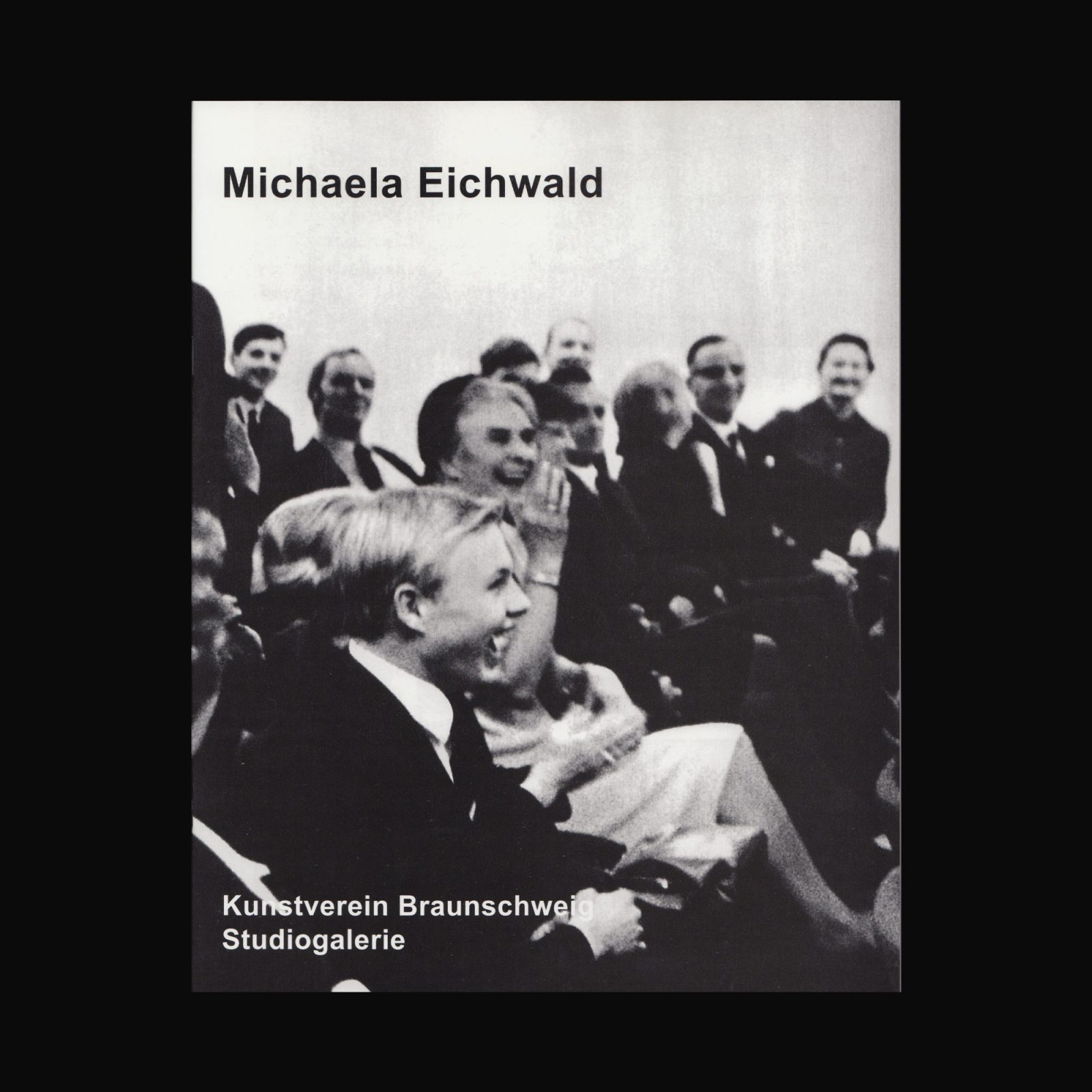
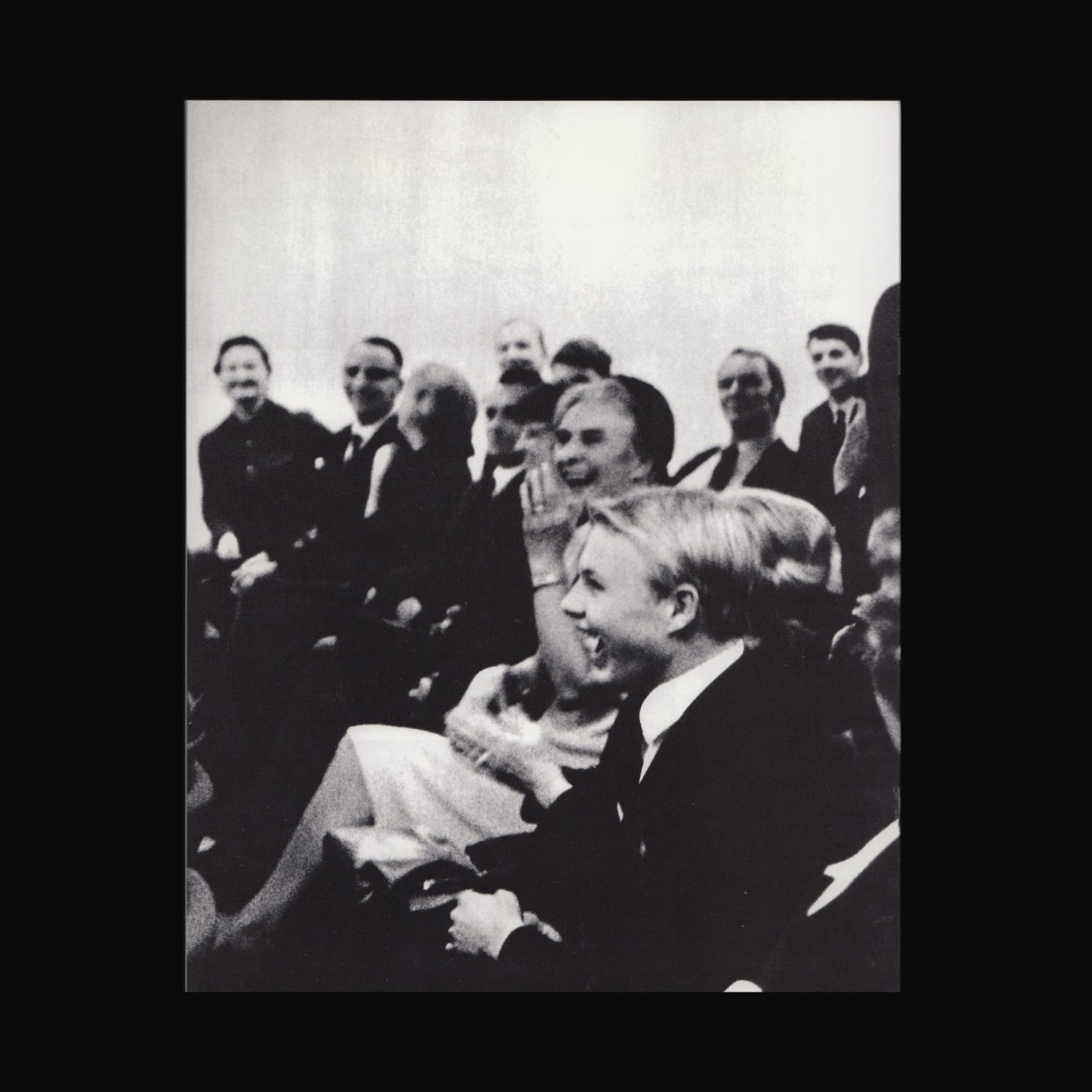
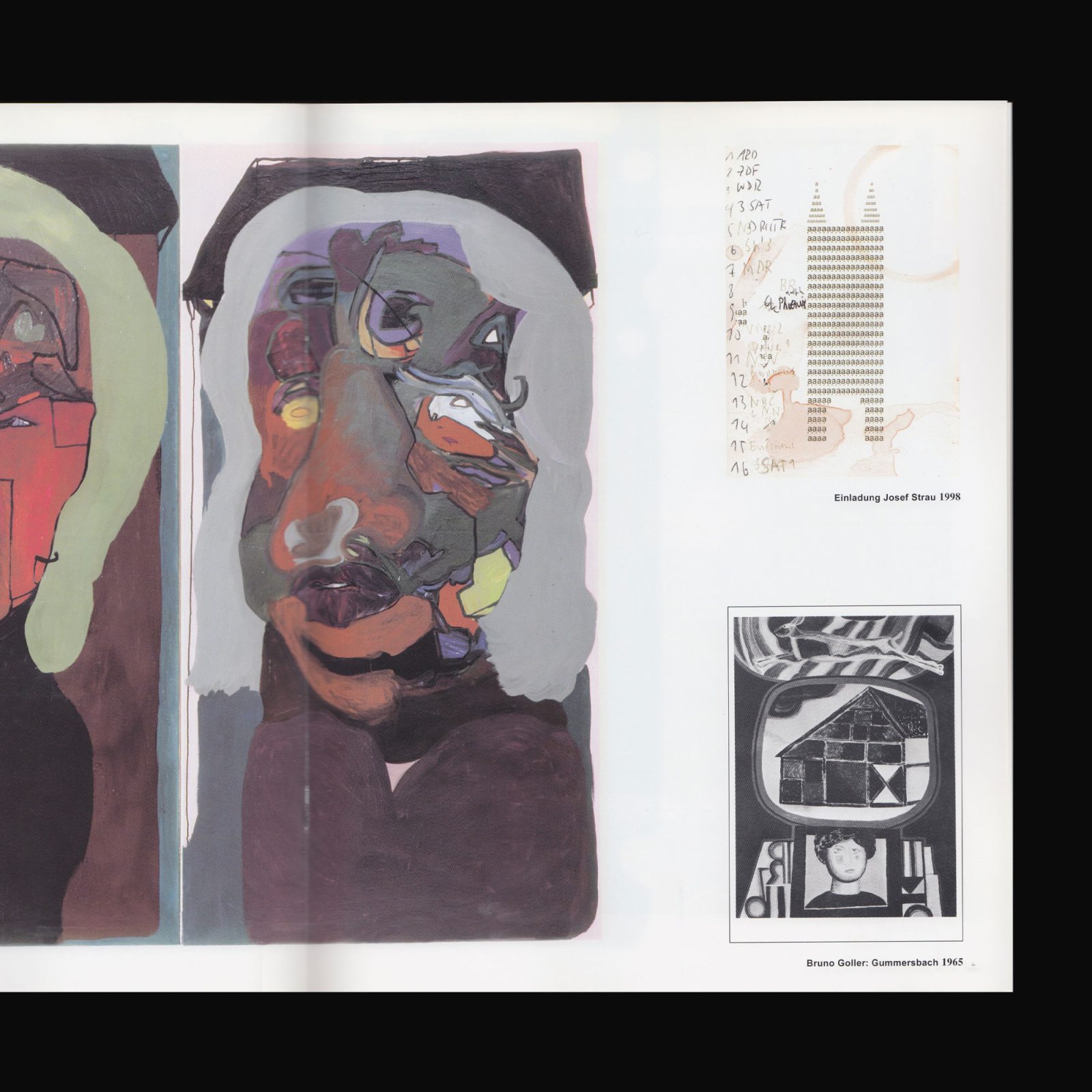
Produced on the occasion of Michaela Eichwald’s exhibition Ich kann nicht zulassen, dass… 2001 at Kunstverein Braunschweig Studiogalerie, Germany. Texts by Michael Krebber and Karola Grässlin.